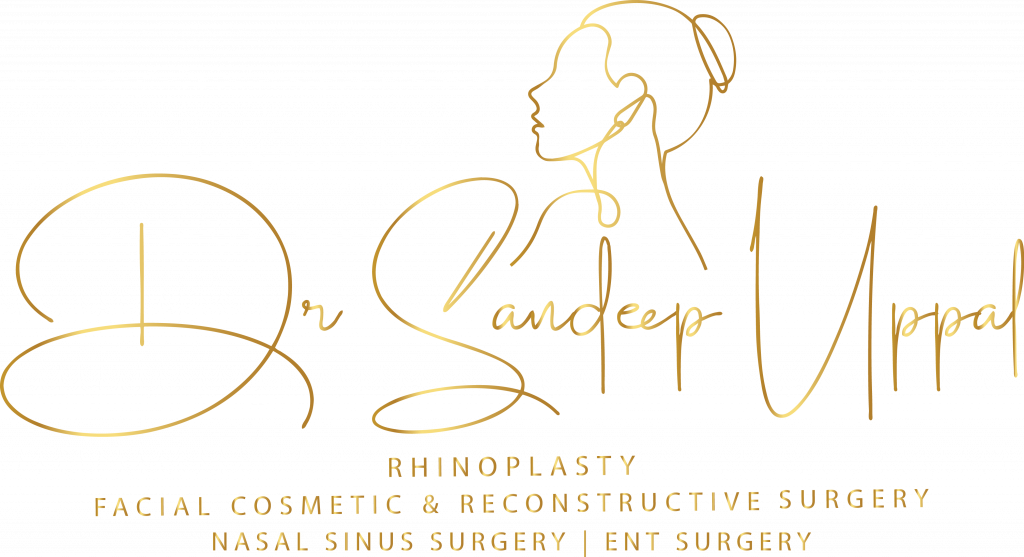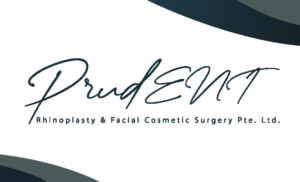MANAGEMENT OF SINUSITIS WHAT CAUSES SINUSITIS? Understanding the root causes of sinusitis is essential for effective management and treatment. Here’s a comprehensive look at what can cause this condition. INFECTIONS FROM VIRUSES, BACTERIA, OR FUNGI The most common cause of sinusitis is infection. Viral infections, often following a common cold, can lead to sinusitis. Bacterial and fungal infections are less common but can be more severe, requiring targeted treatment like antibiotics or antifungal medications. NASAL POLYPS OR TUMOURS One frequent cause of nasal blockage and discomfort is the growth of nasal polyps or tumours. Nasal polyps are noncancerous, swollen tissue formations in the nasal passages or sinuses, often resulting from chronic inflammation due to asthma, recurring infection, allergies, drug sensitivity, or certain immune disorders. On the other hand, nasal tumours can be noncancerous (benign) or cancerous (malignant) growths in the nasal cavity or sinuses. Both conditions can lead to symptoms such as nasal congestion, reduced sense of smell, and breathing difficulties. While nasal polyps are often treated with steroids, allergy medications, or surgery, nasal tumours require more specific treatments such as surgery, radiation therapy, or chemotherapy, depending on their nature and severity. DEVIATED NASAL SEPTUM A deviated septum can obstruct the nasal passages and impede the flow of mucus, leading to inflammation and infection. Surgical correction may be considered in severe cases. ALLERGIC REACTIONS Allergic rhinitis, often triggered by pollen, dust, or pet dander, can cause inflammation of the nasal passages and contribute to sinusitis. Anti-allergy medications and avoiding triggers are common treatment approaches. Read more regarding allergic rhinitis and its management>> TOOTH INFECTIONS Infections in the upper teeth can spread to the adjacent sinuses and trigger sinusitis. Dental treatment, often including antibiotics, is usually necessary to treat the underlying cause. NASAL FOREIGN BODIES Foreign objects lodged in the nasal passages, especially common among young children, can block mucus drainage and lead to sinusitis. Removal of the foreign body is essential for treatment. RISK FACTORS While the above are direct causes, certain risk factors can make one more susceptible to sinusitis: Smoking or exposure to second-hand smoke. Frequent upper respiratory infections. Immune system deficiencies. Learn more about nasal sinuses and sinusitis>> Read more about blocked nose here>> HOW IS SINUSITIS DIAGNOSED? Diagnosing sinusitis involves a multi-step approach that may include a combination of history-taking, physical examination, and diagnostic tests. Dr Sandeep Uppal and his team, backed by advanced training in rhinology, are adept at carrying out these procedures to accurately diagnose sinusitis. Here are the typical steps involved: HISTORY AND EXAMINATION The first step always involves taking a thorough medical history, focusing on the duration, frequency, and severity of symptoms. This is followed by a physical examination, where Dr Sandeep may check for facial tenderness, nasal congestion, and discharge. NASAL ENDOSCOPY A nasal endoscopy allows Dr Sandeep to look directly into the nasal passages and sinuses. A thin, flexible tube with a light and camera at the end is inserted through the nostrils. This can reveal signs of inflammation, polyps, or any other abnormalities that could be causing symptoms. IMAGING STUDIES In more complex or severe cases, imaging studies such as a computed tomography (CT) scan or magnetic resonance imaging (MRI) may be ordered. These imaging tests provide detailed views of the sinuses and can help in identifying structural issues like a deviated septum or presence of large polyps. ALLERGY TESTING If allergic rhinitis is suspected to be contributing to the sinusitis, allergy testing may be conducted. Methods can include skin prick tests or blood tests to identify specific allergens. MICROBIOLOGICAL TESTS For chronic or recurrent cases, a culture of the sinus discharge may be taken to identify the type of bacteria or fungus causing the infection, guiding the choice of antibiotics. ADDITIONAL TESTS In some instances, additional tests like a complete blood count (CBC) may be done to rule out other underlying conditions. The comprehensive approach to diagnosis at The ENT Clinic ensures that the underlying cause of the sinus-related symptoms is accurately identified, allowing for an effective, tailored treatment plan in line with current medical guidelines. TREATMENT OF ACUTE AND CHRONIC SINUSITIS Dr Sandeep Uppal and his team are committed to adhering to the highest standards of medical care, including those set forth by the European Position Paper on Rhinosinusitis and Nasal Polyps (EPOS). Here is a more detailed discussion of how treatment for chronic sinusitis might align with EPOS guidelines: TREATMENT OF ACUTE SINUSITIS By adhering to the EPOS guidelines, Dr Sandeep and his team ensure that their medical approach to acute sinusitis is not only comprehensive but also up to date with current best practices. Dr Sandeep Uppal’s management strategy is stringently aligned to the European Position Paper on Rhinosinusitis and Nasal Polyps (EPOS) guidelines. Here’s a more in-depth look: DIAGNOSTIC PROTOCOL Clinical Presentation: Symptoms such as rhinorrhoea, nasal congestion, facial pain or pressure, and smell abnormalities are scrutinized. The EPOS guidelines place a significant emphasis on symptom duration, generally less than 12 weeks for acute sinusitis. Diagnostic Tools: While imaging is not commonly advised for uncomplicated acute sinusitis, rhinoscopy and nasal endoscopy are performed to assess the nasal passages. PHARMACOTHERAPY Analgesics To ameliorate pain and reduce fever. Intranasal Corticosteroids Anti-inflammatory action helps to decrease mucosal swelling. Common choices include mometasone furoate and fluticasone propionate. Topical Nasal Decongestants To provide immediate relief from nasal congestion. Xylometazoline or oxymetazoline sprays are often used. Usage is limited to 3-5 days to prevent rebound congestion (rhinitis medicamentosa). Antibiotics Indicated for bacterial sinusitis, especially when symptoms are severe or prolonged. Amoxicillin-clavulanate is preferred, in line with EPOS recommendations. Typically, a 5–7-day course for uncomplicated cases. In cases of penicillin allergy, doxycycline or respiratory fluoroquinolones may be considered. Isotonic Saline Irrigation Helps to improve mucociliary clearance and symptomatic relief. High-volume, low-pressure irrigation is the technique generally recommended. Follow-Up and Monitoring Short-term Assessment: A follow-up visit within 7-10 days post-initiation of therapy is usually scheduled to evaluate treatment efficacy and compliance. Long-term Surveillance: Should symptoms persist or frequently recur, further investigations


